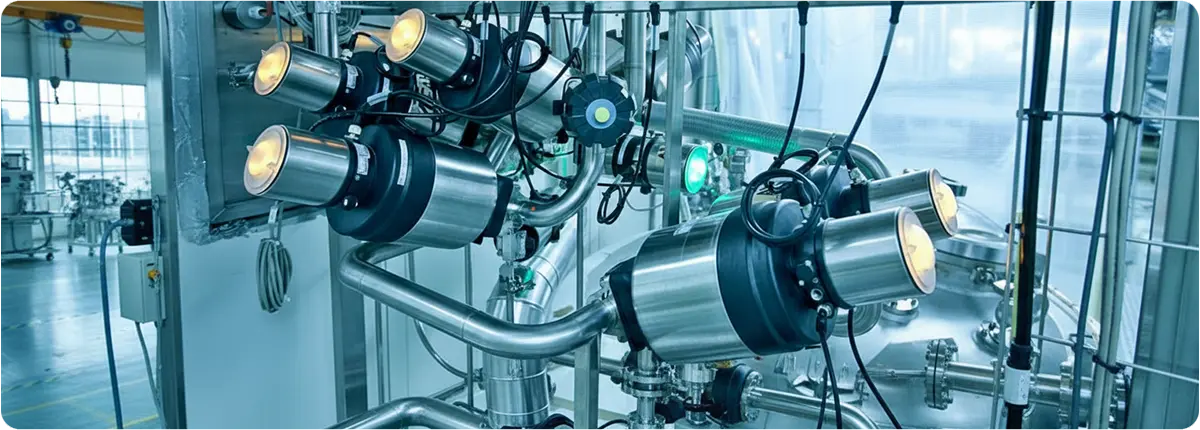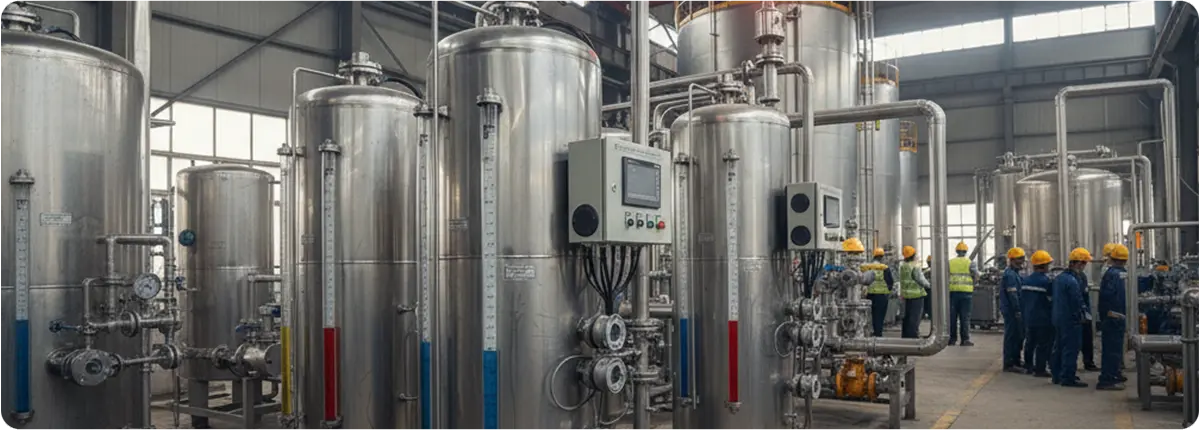Diaphragm valves are versatile flow control devices widely used in industries that demand high levels of cleanliness, corrosion resistance, and precise regulation. Unlike other valve types, diaphragm valves utilize a flexible diaphragm that comes into contact with the valve seat to regulate or shut off fluid flow. This unique design eliminates many of the leakage and contamination risks present in traditional valve types, making diaphragm valves a popular choice in pharmaceuticals, food and beverage, chemical processing, and water treatment applications.

DESIGN AND WORKING PRINCIPLE
A diaphragm valve consists of three main components: the valve body, the flexible diaphragm, and the actuator or bonnet assembly. The valve body is typically made from corrosion-resistant materials such as stainless steel, PVC, or glass-lined metals. The diaphragm, made from elastomers such as EPDM, PTFE, or rubber, serves as the sealing element. The actuator applies mechanical or pneumatic force to move the diaphragm against the valve seat.
When the diaphragm is pressed against the seat, it seals the flow path completely. When lifted, fluid passes freely through the valve body. Since the diaphragm isolates the fluid from the moving parts, contamination risks are minimized — a key advantage in hygienic applications.
TYPES OF DIAPHRAGM VALVES
There are two primary designs of diaphragm valves: weir-type and straight-through. The weir-type features a raised lip that aids throttling and control applications, while the straight-through type offers minimal flow resistance and is ideal for viscous or slurry fluids. Diaphragm valves may also be manual or actuated (electric, pneumatic, or hydraulic), depending on process automation needs.
ADVANTAGES OF DIAPHRAGM VALVES
- Leak-proof sealing eliminates external leakage.
- High corrosion resistance suitable for aggressive chemicals.
- Clean operation ideal for sanitary applications.
- Handles liquids, gases, and slurries effectively.
- Simple design allows low maintenance and reliability.
LIMITATIONS
- Not suitable for very high-temperature applications.
- Limited pressure handling capacity.
- Diaphragm material requires periodic replacement.
INDUSTRIAL APPLICATIONS
Diaphragm valves are used across various sectors including:
- Pharmaceutical and biotechnology processes in sterile environments.
- Food and beverage production requiring hygienic handling.
- Chemical processing with corrosive or hazardous media.
- Water and wastewater treatment plants.
- Mining and cement industries handling abrasive slurries.
SELECTION CRITERIA
- Fluid type and chemical properties.
- Operating temperature and pressure range.
- Material compatibility for both valve body and diaphragm.
- Connection type (flanged, threaded, welded).
- Automation and control requirements.
MAINTENANCE CONSIDERATIONS
- Regular diaphragm inspection for cracks and wear.
- Correct torque application to prevent sealing damage.
- Periodic replacement based on service hours.
- Sanitary cleaning protocols for regulated industries.
CONCLUSION
Diaphragm valves combine cleanliness, corrosion resistance, and operational reliability, making them indispensable for industries such as pharmaceuticals, food, and chemical processing. Their leak-free design, ease of maintenance, and flexibility make them a trusted solution for safe and efficient flow control. Selecting the right materials and configuration ensures durability and process integrity.
